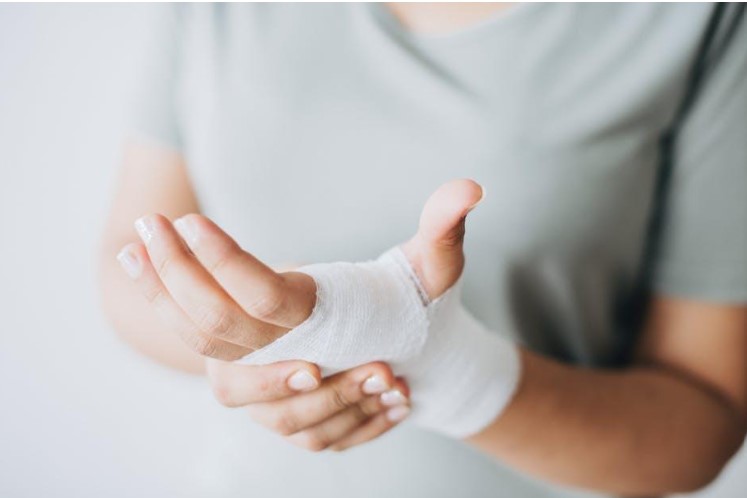You may not see or feel them, but needles lurk in some of the most innocuous places. And if you’re not careful, they can severely injure you. A needlestick injury could leave you infected with a bloodborne pathogen, making you sick with an infection for the rest of your life.
Just the name sounds scary. But if you don’t know how to protect yourself from them, you’re just asking for an accident.
Luckily, we’re here to help. There are plenty of ways to reduce your risk of a bloodborne pathogen, so keep reading for our top tips on making your work environment safer.
Avoid Recapping Needles
Recapping means placing the protective cap on the needle after its use. It would help if you did not do it because it increases the risk of a needlestick injury.
It would help to place needles in a sharps container after using them. If you need to pass them on to another person, use a new one instead. Train all personnel handling needles in proper safety techniques, and all medical workers should wear protective equipment, such as gloves and gowns, to minimize their risk of a needlestick injury.
Plan for Safe Handling and Proper Disposal
Organizations and healthcare providers should have a plan for the safe handling and proper disposition of sharp items. It includes needles to avoid needlestick injuries.
It would help if you organized work areas. It is to reduce overcrowding and have appropriate cleaning materials to avoid contamination. It would help if you labeled containers clearly. It would help if you placed it in a visible and easily-accessed location.
The plan should include regular checks to ensure the container is not overfilled and replaced when necessary. Healthcare providers should always use needle safety devices and safe techniques when passing, transferring, or disposing of needles.
Dispose of Used Needles in Appropriate Sharps Disposal Containers
It is essential to dispose of used needles to avoid needlestick injuries permanently. It would help if you threw them in appropriate sharps disposal containers. It is also necessary to wear protective gloves. Also, wear long-sleeved clothing when handling needles and other sharp materials.
Follow local regulations on the proper disposal of needles. In many countries, it is illegal to dispose of needles with ordinary household garbage. Place the used hands into a sharps disposal container. You should close the container securely and affix a clear label.
All containers should be disposed of safely and regularly as the product label instructs. It is the best way to ensure that biological materials and hazardous waste are handled and disposed of safely.
Participate in Bloodborne Pathogen Training
Healthcare professionals need to participate in bloodborne pathogen training. This training should include information on the following:
- mode of transmission
- personal protective equipment
- safe handling of needles
- securing sharp instruments
- signage for hazards
- methods of handling needles
- proper waste disposal
The trainee should fully understand their role in preventing needlestick injuries. They must be committed to following the safety steps. Visit https://cprcertificationnow.com/products/bloodborne-pathogens-certification-online to get a pathogen certification today.
Learn More About Needlestick Injury
Needlestick injuries can cause severe medical complications, and you can prevent them with the appropriate protective equipment and procedure. Use thick, puncture-resistant gloves, dispose of needles properly, avoid recapping needles, and never insinuate a needle into the cap.
Be mindful of the risk and take proactive steps to reduce the likelihood of an incident. The best way to avoid needlestick injuries is to be aware of the risks and take the necessary precautions. Take action today to protect yourself and others from damage.
Visit our blog for more!

